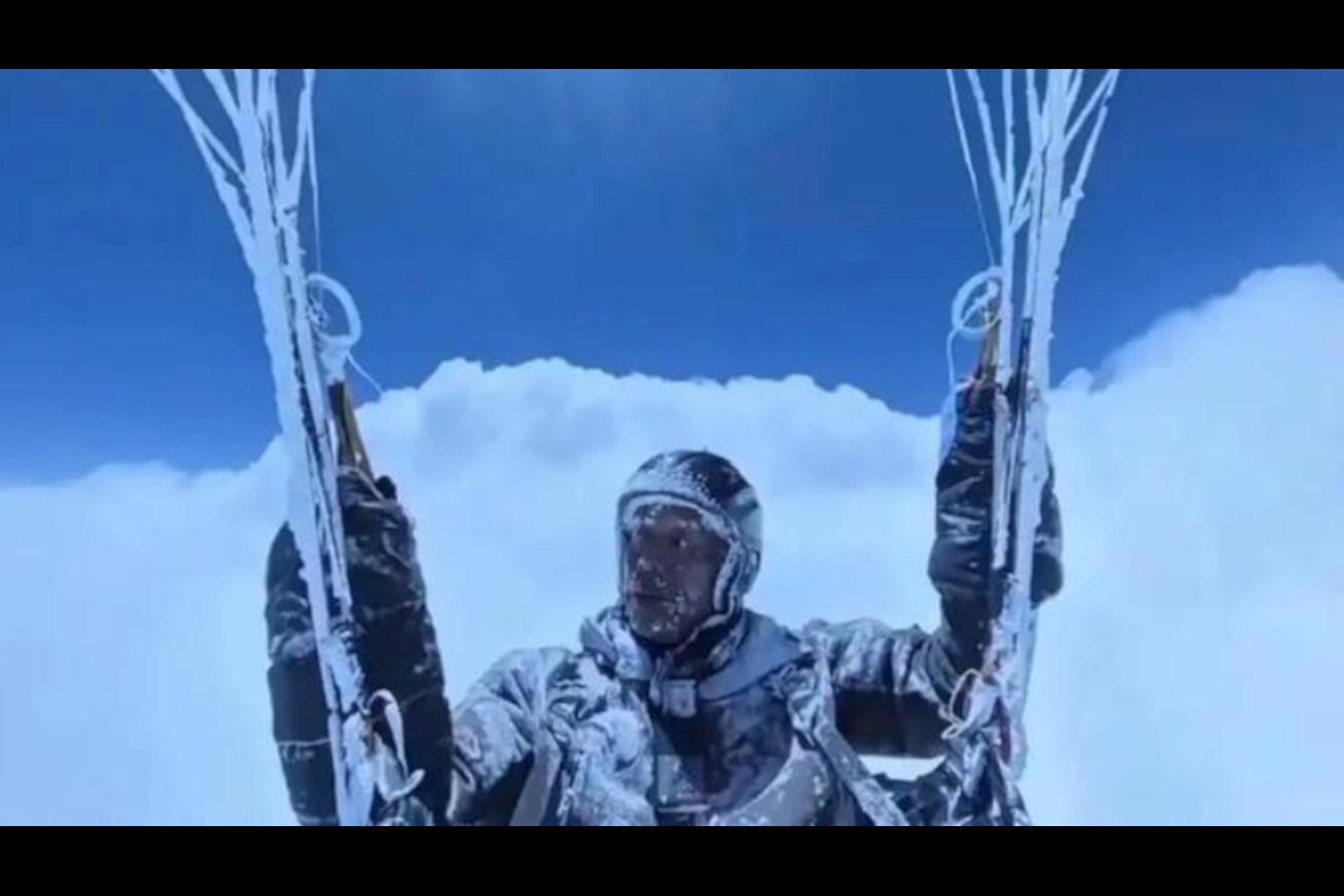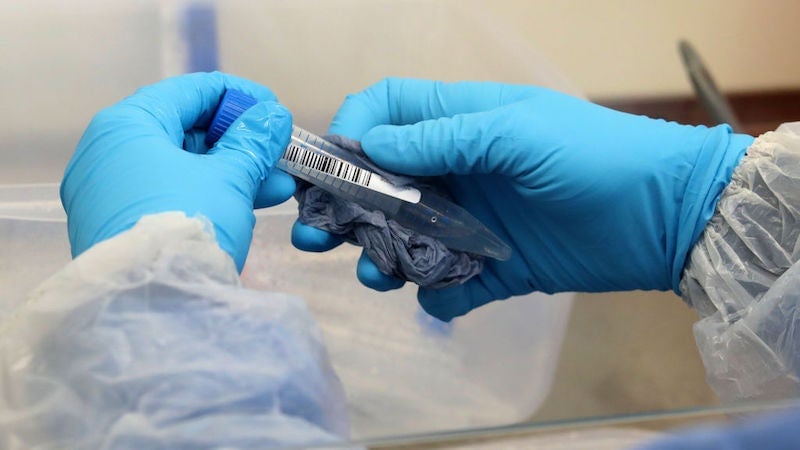A dramatic video depicting Chinese paraglider Peng Yujian’s harrowing ascent to 18,000 feet (5,500 meters) due to a powerful updraft, widely reported last week, is now facing scrutiny. A digital security firm has indicated to Reuters, the original distributor of the footage, that it is “fairly confident” that portions of the viral AI paragliding video are, in fact, AI-generated.
AI Detection Casts Doubt on Footage Authenticity
The video in question, initially shared on Douyin (China’s TikTok counterpart) by Peng’s support team following his May 24 flight, allegedly used artificial intelligence to fabricate some scenes. This assessment comes from digital security firm GetReal, which Reuters consulted. “Digital security firm GetReal said it was ‘fairly confident’ the first five seconds of Peng’s video contained AI-generated images,” Reuters reported. The firm also highlighted inconsistencies within the footage, such as peculiar changes to the paraglider’s helmet and equipment.
In response to these revelations, prominent news organizations like NBC and the BBC have removed the video from their platforms. The YouTube video previously linked in earlier coverage is also no longer accessible. However, an article by Sixth Tone, an English-language news outlet focusing on China, still hosts the disputed footage, which includes the anomalies noted by Reuters.
Recalling the Astonishing Survival Claim
According to initial reports, Peng Yujian, 55, was testing paragliding equipment at approximately 10,000 feet (3,000 meters) above sea level. A dangerous weather phenomenon known as “cloud suck” then purportedly pulled him to an astonishing altitude of around 28,000 feet (8,500 meters)—nearly the height of Mount Everest. He was reportedly airborne for over an hour, enduring temperatures close to -40 degrees Celsius (-40 degrees Fahrenheit), before eventually landing 20 miles (33 kilometers) from his takeoff point.
The footage, supposedly captured by a camera mounted on his gear, showed Peng’s snow-covered face as he looked around in confusion. This viral video gained significant traction on Douyin before being picked up by Chinese state media. Subsequently, the state-run broadcaster CCTV distributed it internationally through a Reuters-owned platform. [internal_links]
Expert Opinions and Historical Parallels
Abhinav Dhall, an associate professor in Monash University’s Department of Data Science and AI, commented to ABC Australia that discerning the video’s authenticity is challenging. He noted, “if we closely observe the starting say 3 or 4 seconds of this video we can see that the clouds in the background do not really look real. They look like as if, you know, it’s a 2D picture.”
While Peng’s dramatic story is now questioned, such extreme survival is technically plausible. In 2007, German paraglider Ewa Wisnierska reportedly survived a similar incident when a storm front carried her to nearly 33,000 feet (10,000 meters), as reported by ABC Australia. However, Reuters also notes that French pilot Antoine Girard holds the “current record for a planned flight,” having soared to 27,582 feet (8,407 meters) over the Himalayas in 2021.
The Challenge of AI in Media
The evolving situation with Peng Yujian’s paragliding video underscores a growing challenge: how the news industry will navigate an environment increasingly populated by sophisticated AI-generated visual content. Ensuring news authenticity and maintaining trust will require new verification methods and heightened vigilance. This incident serves as a critical reminder of the potential for AI-generated content to blur the lines between reality and fabrication.











